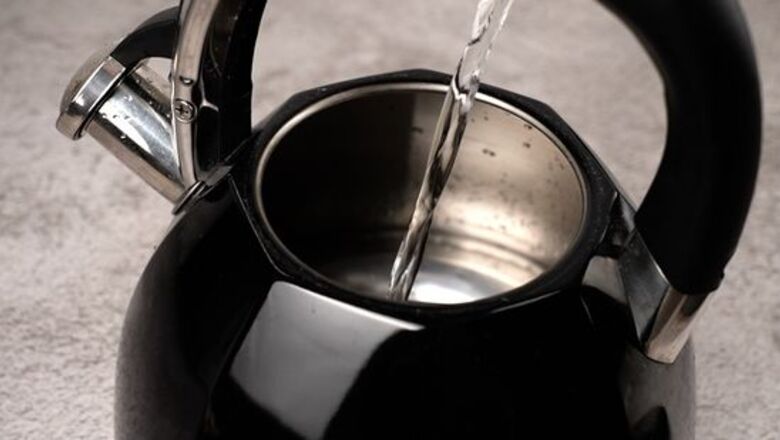
views
- For stovetop kettles: Fill the kettle half full with water, then place on medium-high heat for 5-10 minutes until you hear consistent bubbling or whistling.
- For electric kettles: Fill the kettle at least halfway, then flip the “On” switch (selecting a heat setting if available). The kettle will turn off once the water is boiling.
Boiling Water with a Stovetop Kettle
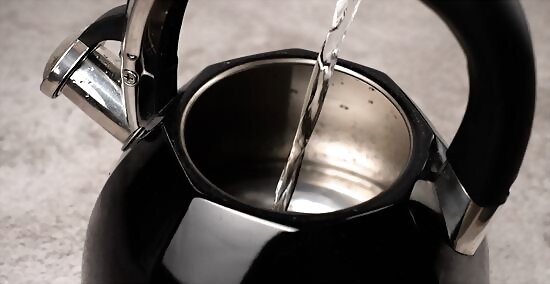
Fill your kettle at least halfway up with fresh water. Simply remove the lid from the top of your kettle and hold it under a flowing faucet for a few seconds, making sure not to fill it above the spout. To speed things along, use warm or hot water from the tap. If it’s been a while since you’ve used your kettle or if it’s brand new, wash it with warm water and dish soap before filling it up. New kettles may have residue or dust from the factory or packaging. Boiling water in a kettle that’s less than half full could burn, warp, or even melt it. Some kettles also have a “max fill” line to show the maximum amount of water it can safely boil.
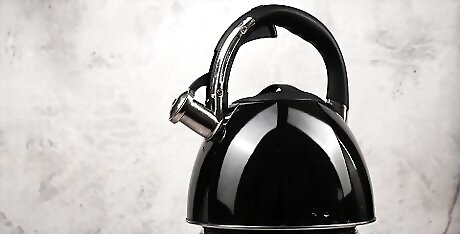
Place the kettle on the stove and turn the burner to medium-high heat. If your stove has burners of different sizes, select one of the larger ones to evenly spread heat over the kettle’s bottom. Set the kettle directly in the center of the burner. If you have a gas stove, position the kettle so the flames are concentrated beneath the kettle and not climbing up the sides (which could damage or discolor the kettle, lid, or handle). Make sure the lid is back on the kettle and securely closed. Otherwise, it will take longer to heat up. Using a heat setting that’s hot (but not too hot) will bring your water to a boil quickly without placing undue stress on your kettle. If you’re timing your water with other food or beverage items, use slightly lower heat to slow down the boiling time if needed. Or, bring the kettle to a full boil and turn it off until you're ready (it’s much quicker and easier to bring the water back to a boil when it's already hot).
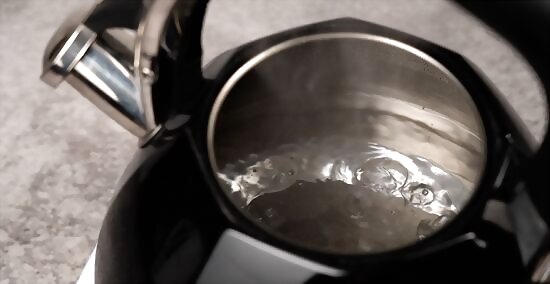
Heat the water for 5-10 minutes, or until it starts to bubble constantly. Water boils at 195–220 °F (91–104 °C). The amount of time it takes your kettle to reach this temperature may vary slightly, depending on how full it is and how hot the burner is. You’ll know the water is ready when you hear a consistent, low rumbling or bubbling noise and steam is coming out of the spout. If you have a whistling kettle, just listen for a high-pitched whistle to let you know the water is ready. Whistling kettles are fitted with a small device that emits a high-pitched sound when steam escapes from the spout. Afterwards, the kettle will be extremely hot, so avoid touching any part except the handle and consider using an oven mitt or dish towel to grab it. It’s hard to predict exactly how long a certain amount of water will take to boil, so keep a close eye on the kettle the entire time it’s on the stove. Safety Warning Never leave a boiling kettle unattended. Doing so could increase the risk of fire, burns, or other accidents, especially if you have children or pets that might knock it over.
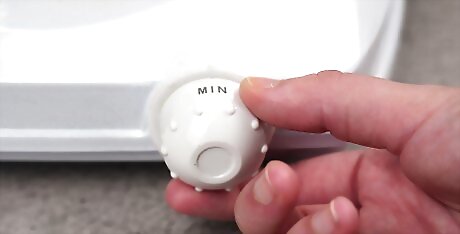
Turn off the stove and set the kettle on a heat-resistant surface to cool. Once your water has come to a boil, shut off the cooktop completely. Then, remove the kettle from the hot burner and place it on one of the unused burners. Wait 1-2 minutes until the bubbling has died down to make your tea or brew pour-over coffee. To prevent burns, use a potholder to grip the handle of the kettle. Keep your hands and face away from the spout when you begin pouring. Steam can also cause burns, if you’re not careful.
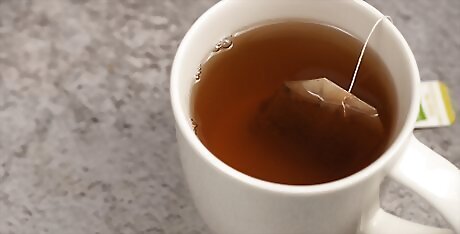
Pour your hot water over coffee grounds or into a teacup once it cools. Different types of tea and coffee require different temperatures of water to bring out the best flavor—too hot and the drink will taste bitter or astringent, too cool and the flavor will be weak. Use a water thermometer to check the exact temperature, or “eyeball” it by waiting for the water to cool to the approximate temperature: Pour-over coffee: 195–205 °F (91–96 °C), or wait about 30 seconds after boiling. Black tea: about 200 °F (93 °C), or wait 30-60 seconds after boiling. Green, white, or oolong teas: 158–185 °F (70–85 °C), or wait 1-2 minutes after boiling. Dark or herbal teas: use boiling or very near boiling water fresh off the burner. Delicate teas (like some subtle whites or greens): about 140 °F (60 °C), or wait 2-3 minutes after boiling.
Boiling Water with an Electric Kettle
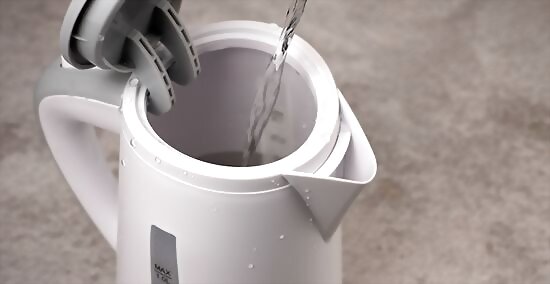
Fill your electric kettle at least half full with water. Open the hinged lid and run water into the kettle until it’s ½ to ¾ full (under- or overfilling it could damage it or present a possible safety hazard). If there’s a fill line indicated somewhere on your kettle, make sure the water doesn’t sit higher than this point. If your electric kettle is brand new or has sat unused for a long time, wash it before filling it up. Electric kettles come in various sizes, but most are made to hold up to about 1.7 L (57 fl oz) of water. You can buy an electric kettle from any home goods store. Like all appliances, they range in price, but basic models can cost about $30 or less.
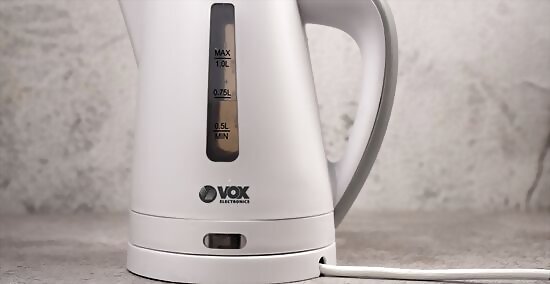
Set the kettle on its power base. Lower the kettle down into position so that the bottom rests securely over the center prong of the base. You may hear a faint clicking sound once it’s seated properly. Make sure the kettle is plugged into the nearest wall outlet. Before turning on your kettle, remove any objects in the immediate vicinity that could be damaged by heat (like plastic dishes or produce). Some electric kettles come in one piece rather than a separate kettle with a base.
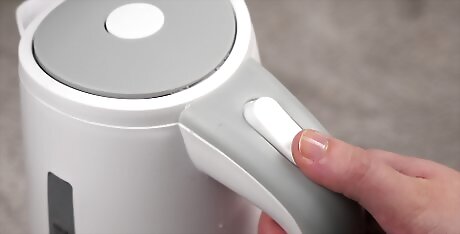
Flip the power switch on the backside of the kettle to the “On” position. On most models, the power switch will be located on or near the handle. Once you hit this switch, a small light will appear on the base to indicate that the kettle is plugged in and active. If you want to turn the kettle off at any point, flip the power switch to the “Off” position. Some electric kettle models also have temperature settings for different types of tea or coffee, while others might display the temperature of the water. Select the setting for your desired beverage or use these temperature recommendations: Pour-over coffee: 195–205 °F (91–96 °C) Black tea: about 200 °F (93 °C) Green, white, or oolong teas: 158–185 °F (70–85 °C) Dark or herbal teas: use boiling or very near boiling water (about 212 °F (100 °C) Delicate teas: about 140 °F (60 °C)
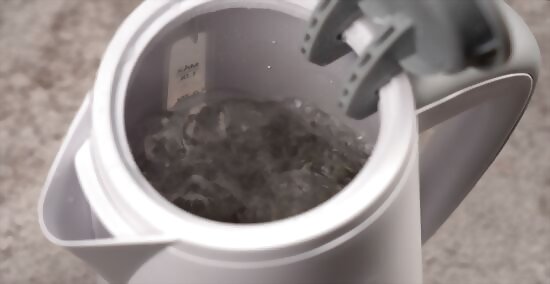
Allow 2-4 minutes for the water to begin boiling. Due to their highly-efficient design, electric kettles boil water fast (about half the time that it takes ordinary stovetop kettles). They’re also programmed to switch off automatically once they reach their targeted temperature, which means you’re free to do other things while your water heats up! For your own safety, avoid touching any part of the kettle while it’s in use. Tip The speed and convenience offered by electric kettles makes them ideal for brewing coffee or tea or preparing water for thawing, poaching, blanching, and other cooking methods.
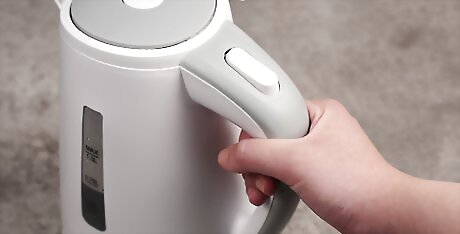
Handle the kettle with caution while it’s hot. Lift the kettle only by its handle and use your other hand to steady it as you pour. Once you have as much water as you need, return the kettle to its base and take a moment to confirm that the light is off before walking away. Remember to refill your kettle before using it again, or you may damage the kettle the next time you turn it on.










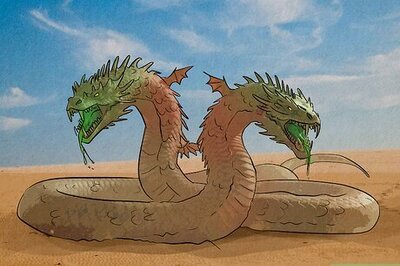
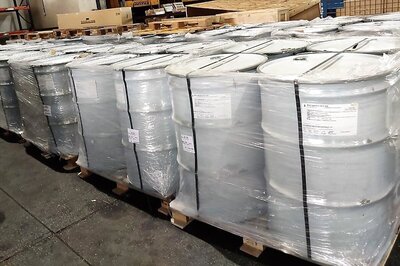
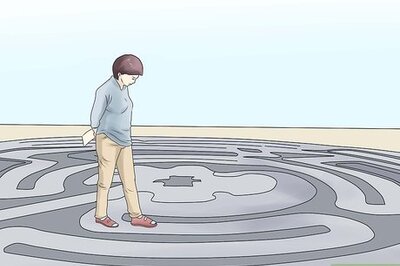
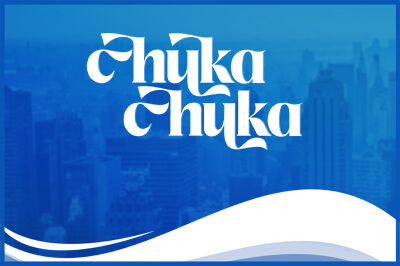


Comments
0 comment